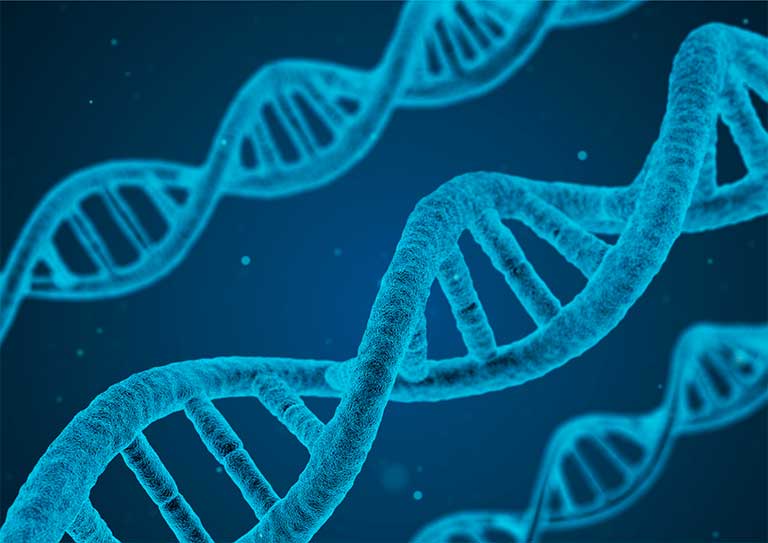
Diagnostic algorithm for the detection of coronary artery disease mediated by blood RNA biomarkers.
Problema a solucionar
Functional tests to demonstratethe presence of ischemia have limited feasibility in patients with reduced mobility and require hospital infrastructure and the expertise of a technician and cardiologist for implementation and interpretation.
Tests such as stress electrocardiogram (ECGs) have limited diagnostic accuracy and imaging-based functional tests are complex to perform and require experienced personnel. Other noninvasive techniques, such as computed tomography angiography (CTA), are much more accurate, but are expensive, and involve exposing the patient to ionizing radiation and contrast media associated with nephrotoxicity. The alternative for a definitive diagnosis is coronary angiography, but this is an invasive technique and can be associated with potentially serious complications.
Oportunitats de mercat
Cardiovascular diseases (CD) are responsible for 1/3 of the deaths that occur in the world and every 2 seconds a death occurs as a result of CD. Cases are expected to increase from 2,268,240 cases in 2021 to 2,852,506 cases in 2031, at an annual growth rate of 2.58% per year. The cardiomyophaties market is expected to grow up to $5.2 billion by 2031 at a Compound Annual Growth Rate (CAGR) of 12.4%.
Tecnologia
Predictive algorithm for the diagnosis of cardiovascular disease(CD) with greater accuracy and ease compared to the state of the art. Detection is based on a set of genetic markers, mostly microRNA transcripts, identified in peripheral blood. Biomarker detection is performed by rt-qPCR.
Autors
Marta Tajes, Josep Comín
Technology Readiness Level
TRL4
Què busquem?
Partners for license agreement or co-development
